When it’s down to the less practical appeal, Italy checks all the boxes. Paradisiac beaches? Got it. Incredible ski resorts? Got it. Lively cities full of nightlife? Yep, that too. And if your sole reason to move here is the food, and your friends are laughing at you for that – get new friends. Or even better- call me, and I promise to sympathize with you over a freshly out of the oven pizza. But you want to make sure that this boot-shaped land doesn’t end up kicking your butt too hard. Yes, the pictures of a small, historical village with crystal clear water in the background already stole your heart, and that’s about the only thing you want to be stolen. Whether you travel to Italy for a brief visit or a long-term stay, I’m here to help your pockets cleverly pack up. Without further ado, let’s have a look at the overall costs of living in Italy.
Read more: Italy guide for Digital Nomads
Rent and bills
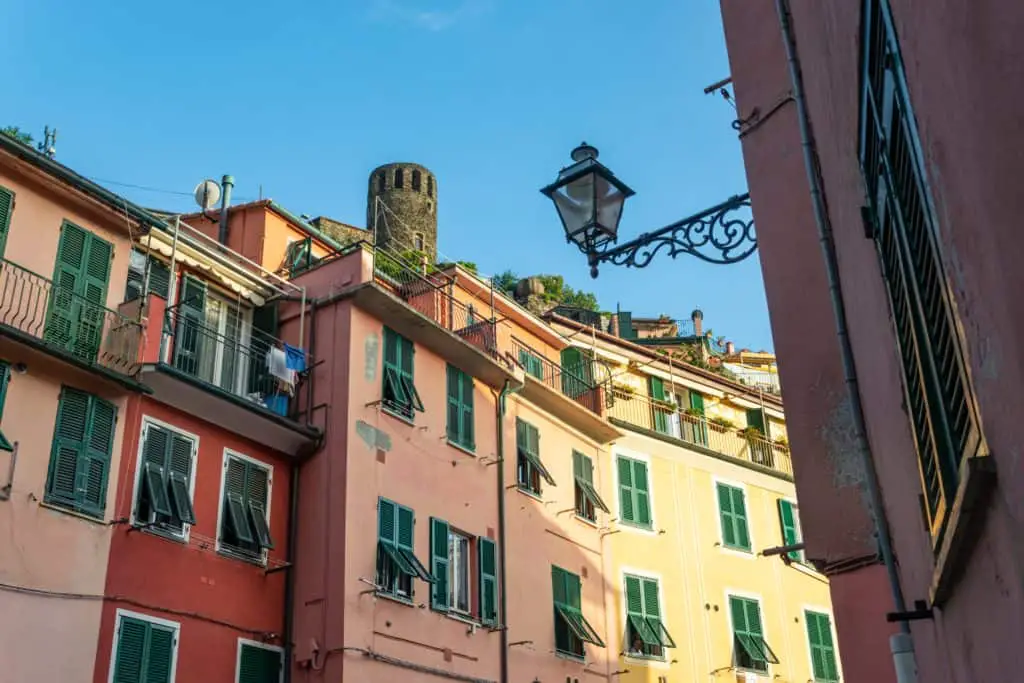
Depending on your location, you’ll have access to different services, and different range of prices. As a general rule, apartments in the north are more expensive than in the south. A place in the heart of a big city, such as Milan or Rome, will most likely rob your account; yet, living in a buoyant metropolis comes with its perks. As a digital nomad, I’m sure you’d rather stay in a place that offers working spaces with wifi, an English-speaking community, a lifestyle that doesn’t require a car or long bus rides! Yet, if your budget is tight, it is worth looking for a place just outside the main city center and getting properly informed on the public transports of the area.
- Apartment (2 rooms) in a big city center (e.g. Milan, Florence, Rome): 800-1000 euro/month
- Room in a big city center: 400-600 euro/month
- Apartment (2 rooms) outside the city center: 400-500 euro/month
- Room outside the city center: 100-150 euro/month
On top of the rent, you’ll be charged for electricity, water and gas bills.
– If you live by yourself, a monthly bill shouldn’t go higher than 50 euro per month. However, consider that you’ll be heating up your place in the winter, so the bill could go a bit up.
– if you’re only renting a room in a shared apartment, your bills will be dramatically lower. Hence, moving in with locals is a good chance to cut the expenses, other than learning a bit of Italian.
If you want to rent an apartment for a short time, your best bet is lurking on Facebook groups for students, or having a friend of a friend that can recommend you to a friend whose cousin is renting a place. Many landlords require a 1 or 2 minimum years contract to lease an apartment – but Italians are no strangers to negotiations, so you want to be brave and play all the cards up your sleeve.
For stays shorter than 3 months, Airbnb and affiliates will provide apartments or rooms with no hassle, but it’s going to be more expensive than your average rent.
Healthcare expenses
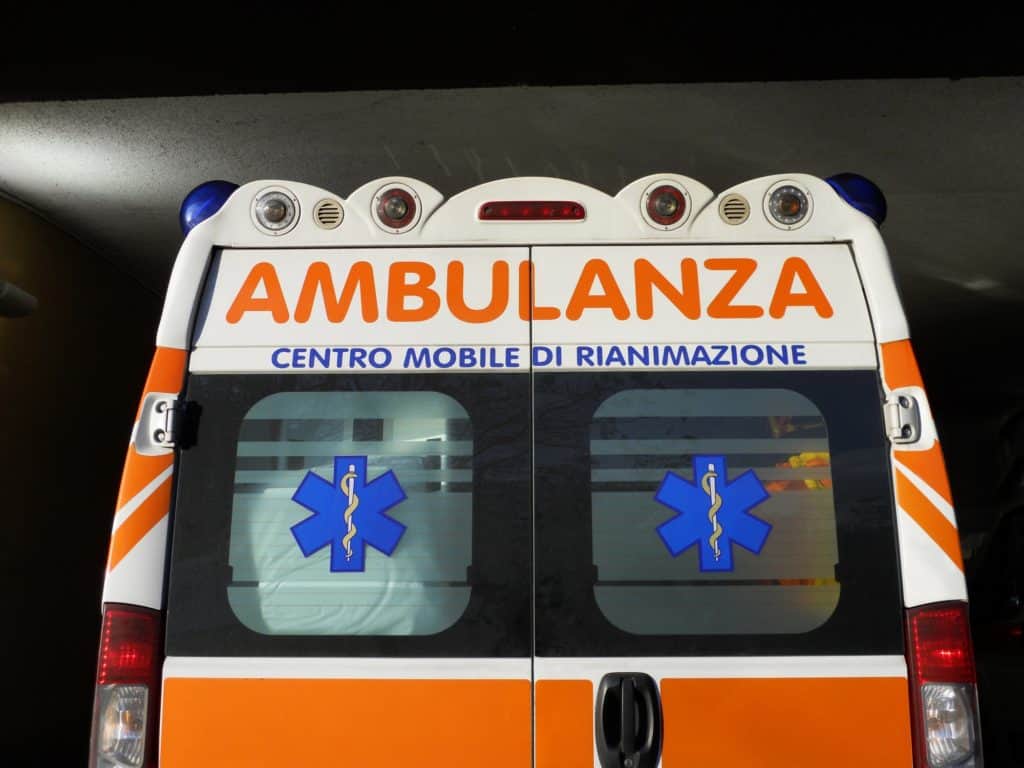
If you follow the Mediterranean diet, chances are you’ll live to bury us all. The quality of life in Italy is pretty decent: slow pace, fresh vegetables, tons of “ciao bellissimo” every day – it’s a bit like living in a gigantic resort. But healthcare is always a tricky subject, and an apple a die may not always keep the doctor away.
If you come from an EU country, you probably have an EHIC already – or are eligible for one anyhow. With that in your hands, you have access to most of the medicare for free, be it an emergency or a simple check-up. In case you need specific medicines or treatments, you can choose a GP for a consultation, and request a prescription or a referral free of charge. After that, you’ll be free to buy your medicines at any pharmacy with no further hassle, or take appointments at any public hospital by only paying a standard fee called ‘ticket’ – which normally amounts to 40 euro.
Public hospitals cover most of the services – lab tests, specialist consultations, diagnostics, CT scans, and whatnot -, but every cloud has its silver lining. For instance, dental care is generally not provided, and you’ll need to find a private clinic yourself. A generic dental cleaning session always cost me around 50 euro – be wary of who asks for 100 bucks! Moreover, it might be hard to find English-speaking doctors in public facilities.
Many Italians opt for private healthcare at times because of the shorter waiting times. Public hospitals have waiting lists longer than Michelin stars restaurants, and you may see the season change before you actually get your appointment. However, private doctors charge significantly higher rates, so it all depends on your needs and budget. For instance, mammography at a private clinic will cost you 70-100 euro, while a public hospital will simply charge you for the copay ticket (40 euro).
If your visit is short and sweet, and you’re a non-EU traveler, then you should rely on travel insurance or the health insurance regulations of your country.
Food – the one you were truly waiting for

You don’t need me to vouch for the quality of the food. But as the running president for the living-on-a-budget ministry, you should trust me when I say the food is also quite affordable. Some supermarkets are cheaper than others – namely Esselunga, Eurospin, Lidl, Coop and Auchan -, and you should be on the lookout for the differences in prices. All in all, if you plan to eat home every day, a 40-euro grocery shopping should cover you for the whole week. I suggest that you opt for seasonal fruit and veggies, so to get the best out of the quality/price ratio. A pack of pasta is always less than 1 euro, 300 gr of tasty cheese can cost around 3 euro, and for a good bottle of wine 5 euro will be more than enough. Fish and meat are of course the most expensive items, but with 10 euro you can have a fancy sea-themed dinner, nonetheless.
Eating out is also super affordable, even for the tighter pockets. I’m forever grateful for pizza – I’d like to have that engraved on my tombstones. Whenever abroad, I could never find a pizza for less than 10 euro – don’t judge me, sometimes I have nostalgic cravings okay.
In Italy, a simple yet delicious Margherita will cost you 4,50, 5 euro top.
Dinner at a typical, earthy trattoria, with homemade pasta, meat and side dishes, goes up to 15-20 euro per person; a fancy date at a fish restaurant can cost you around 40 euro.
Italians are also fond of their infamous aperitivo, and I suggest that you take part in this social routine at least once. At 7 pm, head down to the city center, hit the most buzzing bar, and order a Spritz – plain, Campari, Aperol, that’s up to you. This cocktail generally costs 3,50 euros, included some free chips and nuts if your barista likes you enough.
Public transport and cars
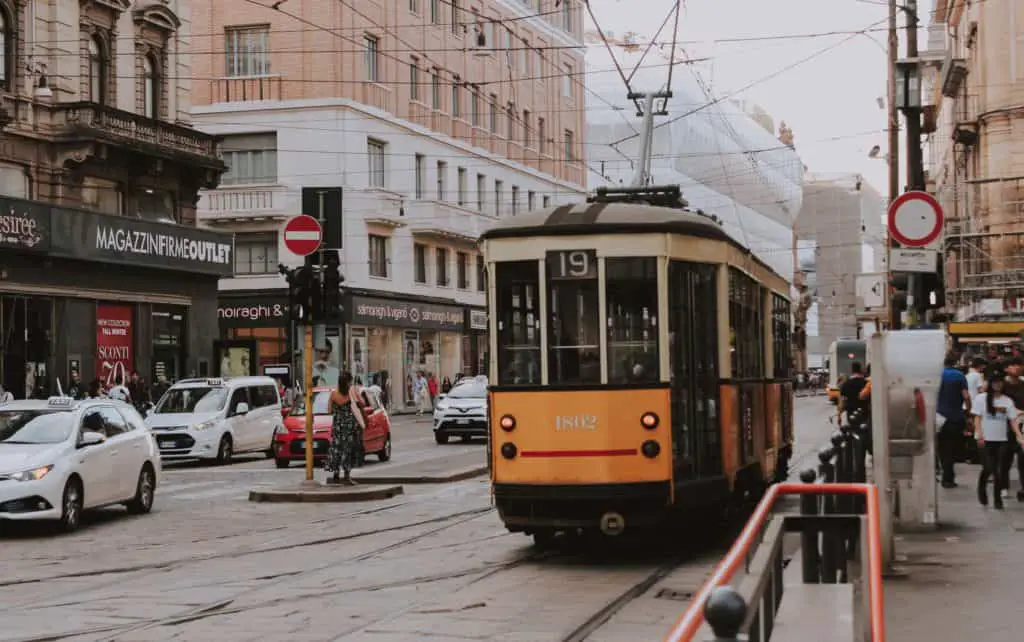
If you live in a large city center, get informed on the bike-sharing services available. It’s eco-friendly, it’s cheap and it’s good for that booty! In Milan, a quick bike ride could cost you 0 cents; if you’re an avid user, with 9 euro per week you can access any affiliate bike you find on the road.
Usually, a one-way bus or tram ticket costs 1,50 -2 euro for any ride within a region. For the same price, you’ll be able to get the metro in larger cities such as Milan or Rome.
Trains are quite helpful to move between towns of the same region and travel throughout the country. There’s a chance they won’t arrive precisely on time, but the fares are pretty decent. And if you book a ticket in advance on Trenitalia, you can find pretty sweet discounts.
Italy is indeed a country built for cars, with its hills and cities and mountains crammed together and connected by snakey roads. Problem is, any road trip consists of tanks to be filled, expensive tolls – hell yeah, we have tolls on the motorways – and overpriced parking lots. Hence, plan what kind of journey you’re in for, and make due evaluations on what to invest in.
Here in Italy, the car-sharing app Blablacar is a good solution if you ever need a lift. Even a socially inept like me relied on car sharing multiple times, and never had any other problem than a little awkwardness.
PS1: be careful with trains going straight to the airport, they’re often subjected to higher, special fares
PS2: always punch your bus and train tickets, or you’ll get a salty fine
PS3: there are indeed local taxis in major cities, and the standard meter fare starts from 3 euro; however, there are tons of scammers as well. Also, I have an ongoing internal beef with Italian taxis ever since they’ve been mean to Uber.
Mobile plans and home Internet
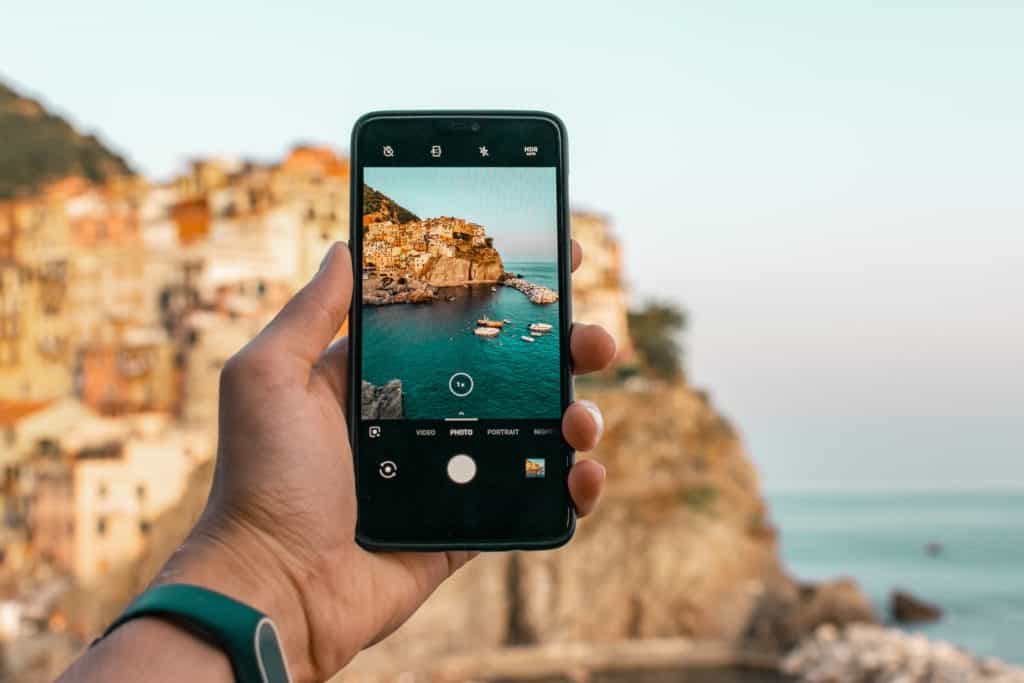
Italy has three main mobile companies, Tim, Vodafone and Windtre, and two more recent additions, Fastweb and Iliad. If you’re planning to get an Italian mobile service, the cost of a new sim card is 10 euro regardless of which company you choose, apart from Fastweb, which, although quite reliable, is also more expensive.
The moment you purchase a sim card, you’ll be asked to choose a mobile plan based on your personal needs. Personally, I’d recommend:
- Iliad: if you’re on a budget and you’re not interested in 5G networks
- Windtre: if you’re looking for a good compromise between money and quality
- Tim: if you don’t mind spending a few extra bucks to bet on the fastest horse
Tim, Vodafone, Windtre and Fastweb offer home Internet plans as well, in case you’re in need of digitally renovating your apartment. You can opt to buy your own router, or get one through an all-included deal with the mentioned companies. Overall, the installation will cost you around 80 – 100 euro, plus a monthly fee to be paid to whichever company you choose – usually, it amounts to 25-30 euro. Note that the moment you decide to terminate your Internet contract, you’ll be asked to pay a certain fee (around 30 euro). Be wary: some companies tend to act sneaky and relentlessly overcharge you. Always read the tiny lines at the end of the contract, and never cave in when those vile operators pressure you.


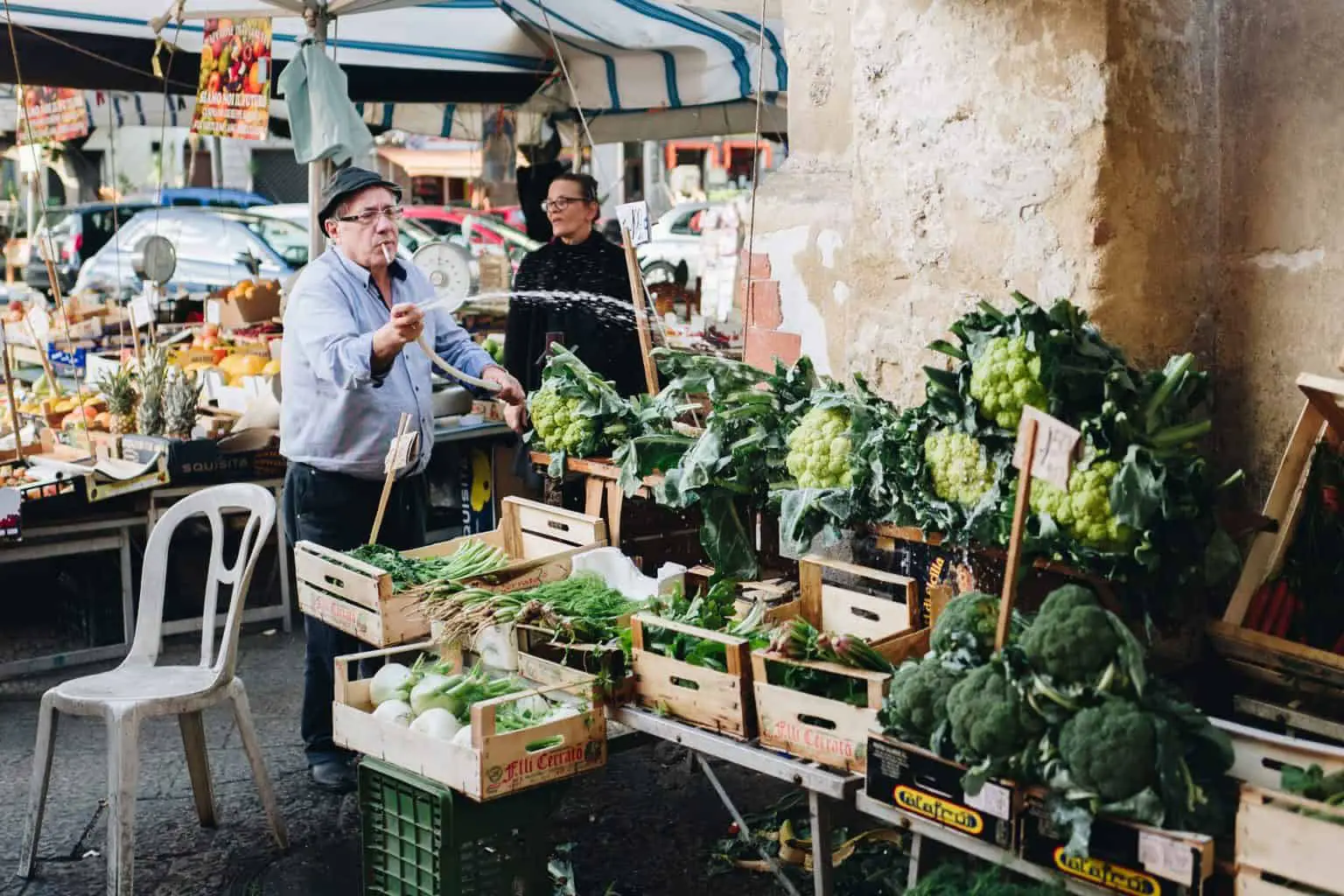



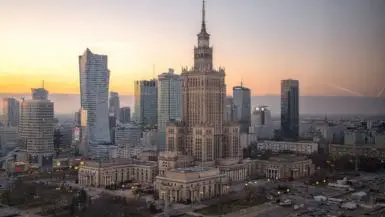
Leave a reply